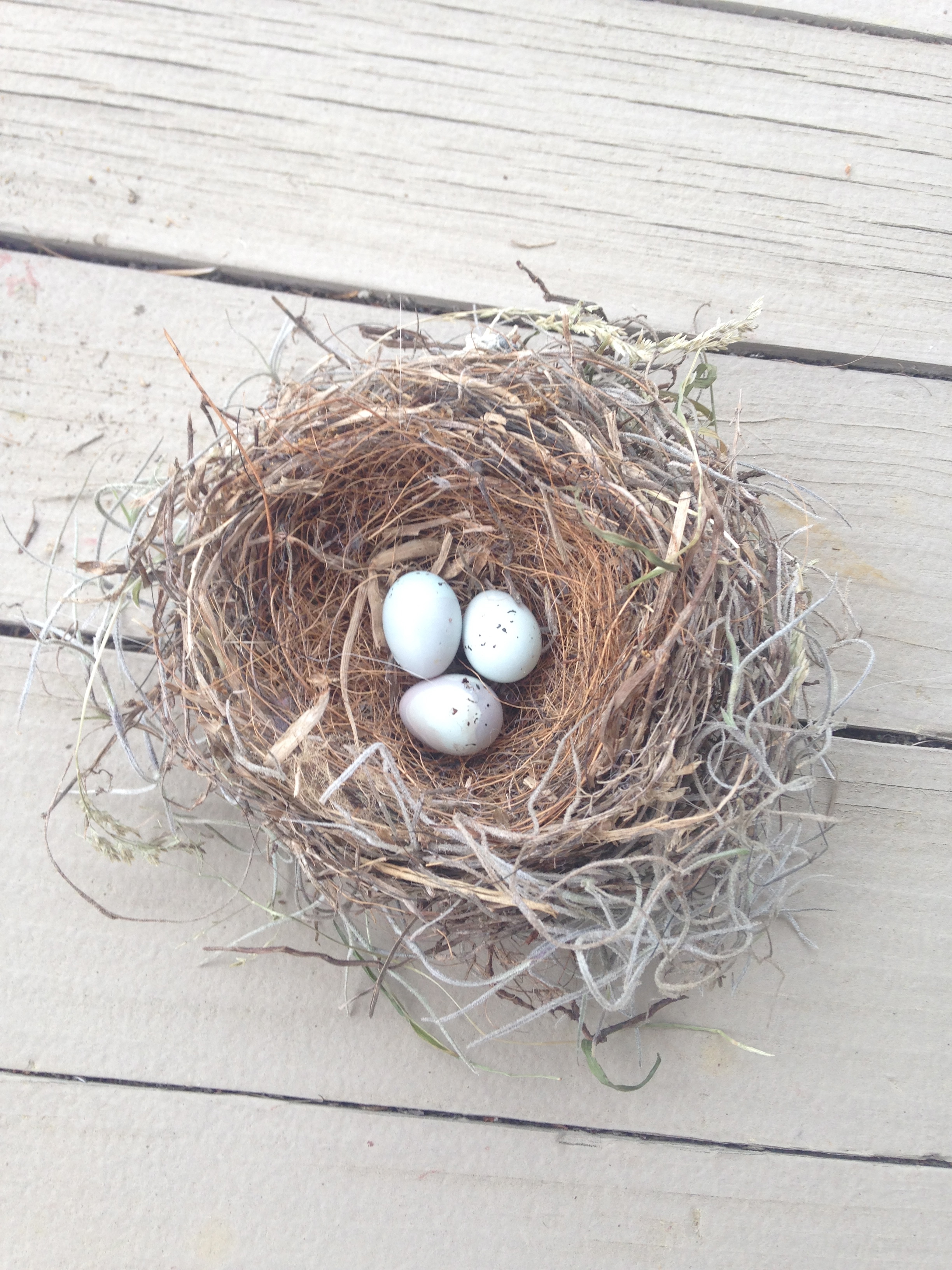My good friend, Pat, was the first person I knew who returned to the Catholic Church. We struck up a deep friendship at a little evangelical church in New Orleans, and five years later the Blessed Mother brought us both back to the faith of our childhood. Pat who now lives in Asheville, N.C., recently launched a new ministry called “Theotokos Prayer.” The ministry evangelizes others and encourages them to pray through the vehicle of beautiful, handcrafted prayer strands. Each strand features personalized medals, crosses and colors which hold a special meaning for the recipient. My prayer strand, which Pat gave me as a wedding gift, has a medal of my patron, St. Jude, as well as a cross with the four major basilicas of Rome on it. I had it blessed by Pope Francis during our honeymoon in Rome and I absolutely love it!
It is my delight and honor to introduce to you “Theotokos Prayer” by sharing with you Pat’s first blog from their website. I encourage you to visit www.theotokosprayer.com to order a personalized prayer strand for yourself or someone you love. I promise, you will not be disappointed! Blessings and grace! Judy
How Theotokos Began
“That man has learned to live well who has learned to pray well.” St. Augustine
Theotokos began with a handmade gift of a St. Joseph’s chaplet. My dear friend, Betsy, had begun making chaplets and wanted to share this ministry with me. We then started to give them to the homeless, First Communion classes, family and friends. We discovered along the way that people of all denominations and walks of life were drawn to this form of prayer—using prayer strands on which to pray. Customizing the strands (which have the number of beads of a decade of the Rosary) by choosing specific beads and patron saints made the strands even more meaningful for the recipient. I would write letters to the recipients affirming God’s love for them and their family often during times of great struggle, as in the loss of a loved one, or deep joy, such as the birth of a child.
As this journey unfolded, friends and family encouraged me to develop a way to reach more people. Thus, Theotokos was born. The purpose of Theotokos, which means “God bearer” or “Mother of God” in Greek, is threefold. Foremost is to have people draw closer to God and each other through prayer. Secondly, to reach people who would not ordinarily be drawn to the Rosary, Our Blessed Mother and the Saints. Thirdly, to have the strands blessed, thereby fulfilling the request of the Blessed Mother for people to have blessed objects in their homes and on their person.
The Pope has called for creative ways to evangelize our culture and this endeavor seeks to do just that. There are moments in everyone’s life that are opportunities to reach out to our family and friends. These prayer strands are one simple way of reintroducing faith to the people in our circle of influence.
Currently there are five strands for specific occasions or needs: the Child Strand for the birth of a child, Baptism, or First Communion; the Family Strand to aid families in praying for one another; the Healing Strand for those suffering in all the forms our suffering may take; the Wedding Strand, and finally the New Orleans Saints strand (they need a lot of prayer). People are drawn to beauty and each of these strands is carefully crafted to be as beautiful and appealing as possible. I also have images enclosed with each prayer strand that evoke beauty, such as a picture of Mother Teresa or a bride with her new spouse. The one closest to my heart is of our eldest daughter, who died in 2001. This image of Ashley embracing her then two-year-old daughter so lovingly depicts the treasure of children.
Prayer is a gift that is meant to be shared with and for others. I am humbled at being able to bring this endeavor to fruition with the aid of the Holy Spirit and the inestimable help of dear friends accompanying me along the way. Thank you!
“Have no anxiety at all, but in everything, by prayer and petition, with thanksgiving, make your requests known to God. Then the peace of God that surpasses all understanding will guard your hearts and minds in Christ Jesus.” Philippians 4:6-7


















